When you turn something into a game, interest tends to increase exponentially.
It’s a great way to increase levels of participation in just about anything, and it also happens to be a wildly effective marketing tactic.
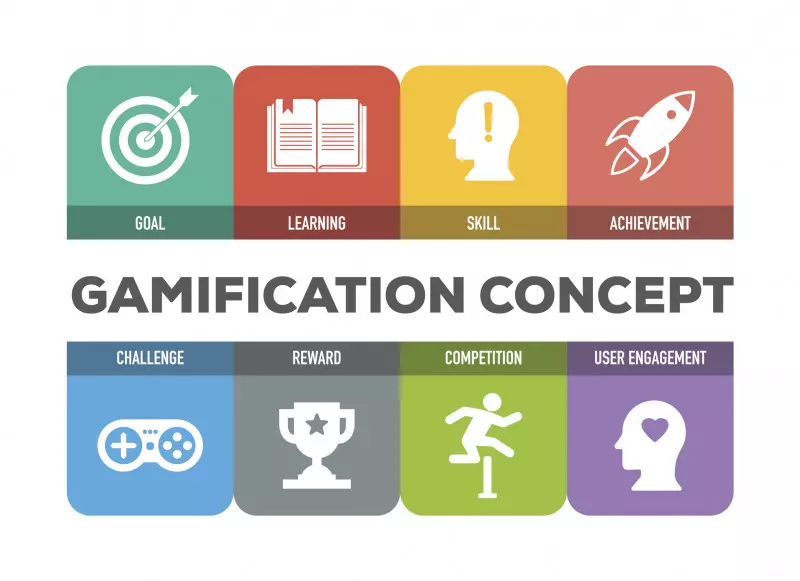
What’s Gamification?
In short, it’s the process of using games and gaming elements to increase customer engagement within other environments that may not be seen as “fun.” Gamification is both educational and informative and has been used successful in some form or another for centuries.
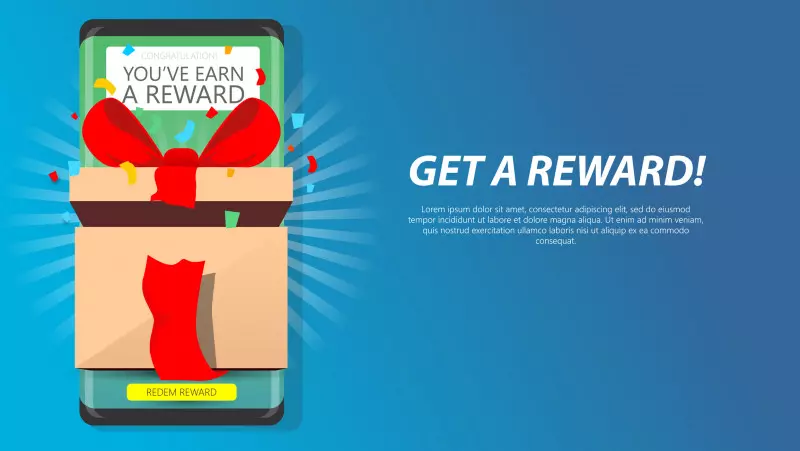
Gamification Case Studies
There are several brands that have used gamification successfully over the years. Let’s explore!
McDonald’s
This gamification case study used gamification way back in 1987 to increase sales using Monopoly to attract the audience. Moreover, McDonald’s also used gamification to increase employee efficiency by creating a gamified version of a till system on their website. This allowed the employees to practice working with the new system within a virtual version of the system, instead of with actual customers.
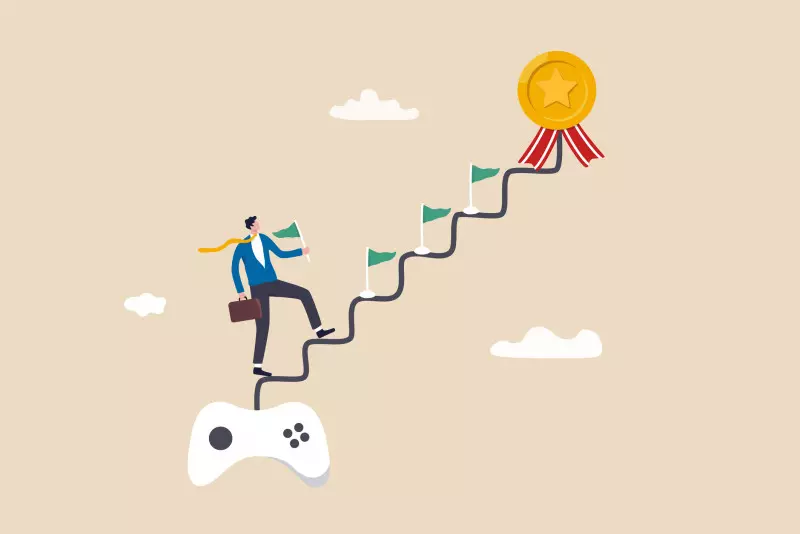
Nike
In this Nike gamification case study, Nike offers a Fuelband, along with accessories, to track your running and fitness journey. The band allows the brand and customers to connect with each other. The gamified app for the Fuelband lets Nike gather information about the user and use it for better and more targeted marketing strategies in the future.
Moreover, they launched the Zombie Run! game on their Nike+ app that makes the running experience much more fun and exciting. The NikeFuel app can also be linked to social media so the user can share their personal achievements and milestones with friends. Additionally Nike––with the launch of their ‘react’ shoe––also released a virtual environment by the name of Reactland in Shanghai last year. This gamified virtual environment allows users to try out their shoes in different settings.
M&M’s
M&M’s candy has used gamification to increase engagement and interest in their new products. For example, when pretzel-flavored M&M candies came out, they used gamification as a marketing strategy, along with social media. It involved an i-spy game launched on the M&M Facebook page.
The gamified graphic included many multi-colored M&M candies and the challenge was to find a tiny pretzel guy hidden among the candies. This simple strategy proved very effective in gathering interest in the new product and increasing engagement on their Facebook page. The game garnered over 6,000 shares, 25,000 likes, and more than 10,000 comments.
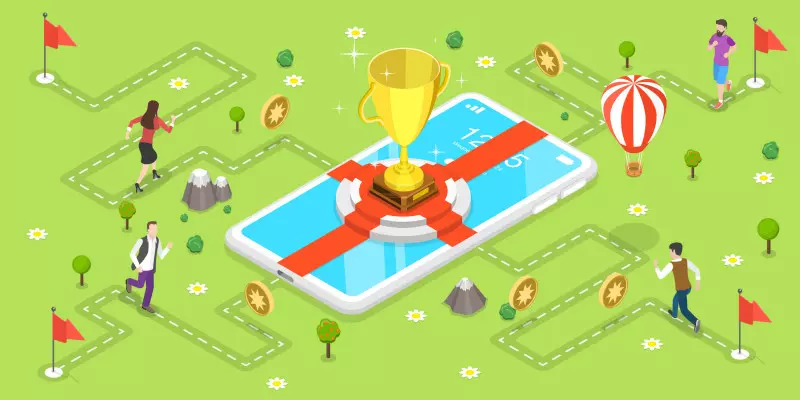
Coca Cola
One of the best gamification campaigns was via the soda company, Coca Cola. They launched an ingenious supermarket game in Singapore and Beijing. The game works by having the player shoot virtual ice cubes into a Coke glass. The hits resulted in different prizes, including Coca Cola discounts as well as loyalty points. This increased Coca Cola sales in supermarkets, and soon consumers preferred it over other brands.
Ebay
Of companies that use gamification, eBay had one of the earliest game mechanics integrated into their marketing system.By incorporating a badge system to show the trust level of a seller, feedback scores to rate products and services, as well as bidding mechanisms to increase competition, eBay made gamification an integral part of its business model. It’s one of the reasons it stands high above other buying and selling websites: it has everything a good game needs––engagement, risk, and reward.

Starbucks
Starbucks uses gamification as a marketing strategy through their loyalty program, “My Starbucks.” The loyalty program ensures repeated and continuous business from the customers and increases customer engagement. The incentive to take part in the loyalty program includes free drinks and food, when you reach a certain number of stars (points); the stars can be gained with each purchase, and redeemed on your next visit.
Based on the number of stars, you are allotted a status, with gold status providing the most rewards. Moreover, the gamified loyalty program also offers a free birthday drink and refills. This gamification process encourages their customers to stay involved with the brand and feel a sense of belonging.
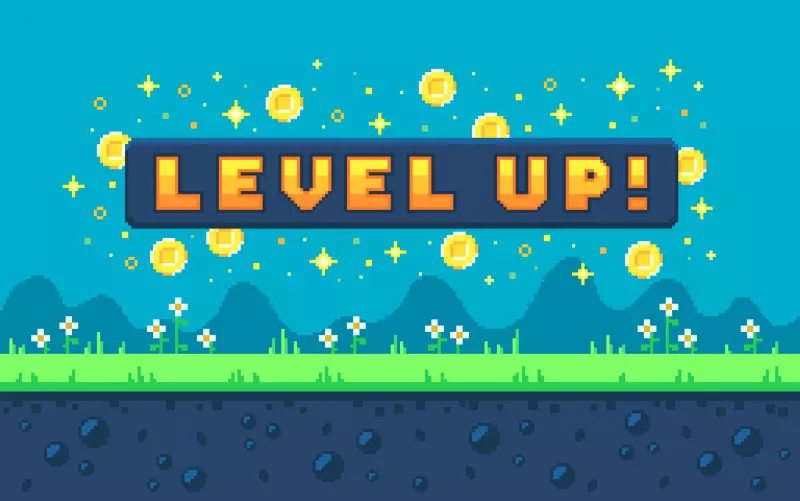
Digital Marketing is Constantly Changing
As you can see, gamification in business is not necessarily new, but it is becoming more prevalent as technology evolves and improves. Business that learn how to use it successfully will lead the way in creativity, innovation, and customer engagement.













Leave a Comment
Comments (0)